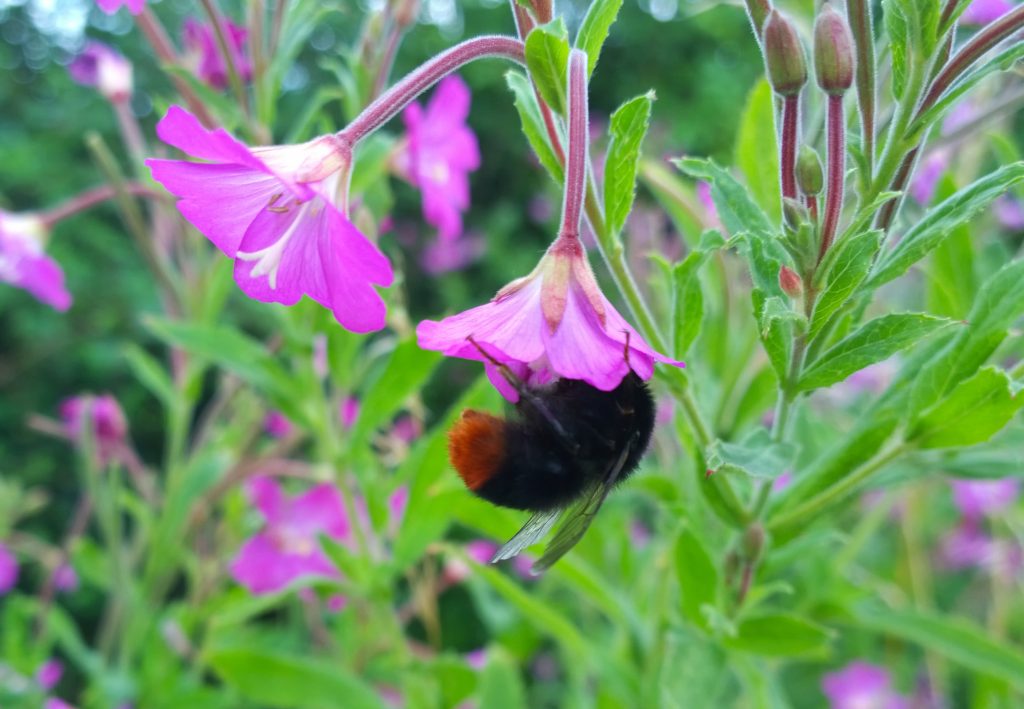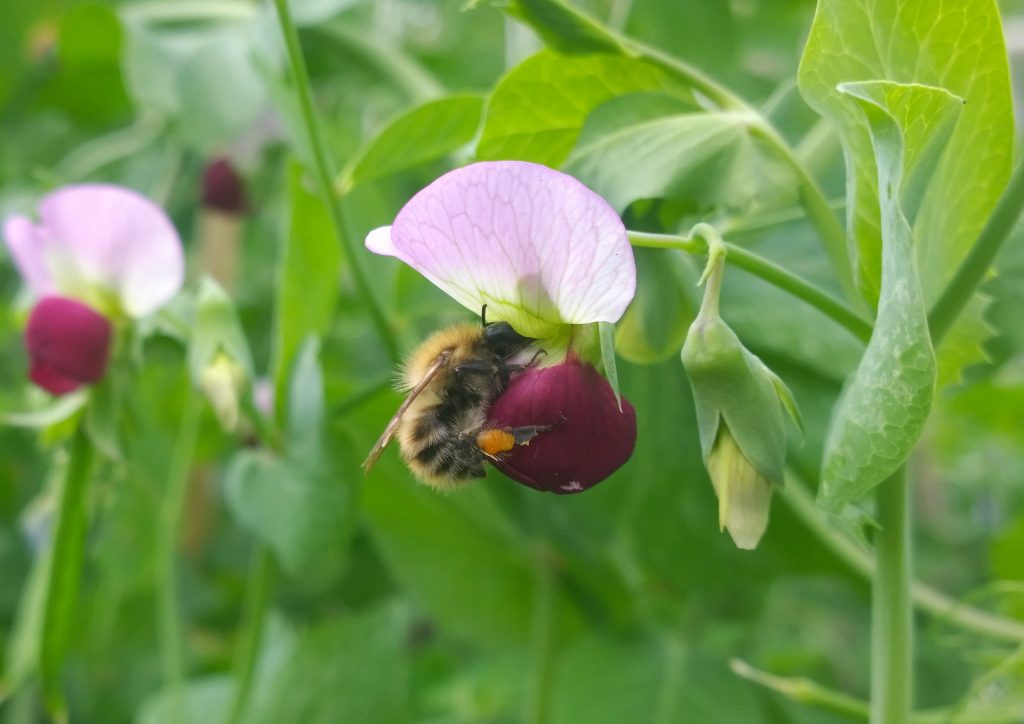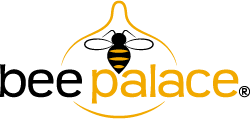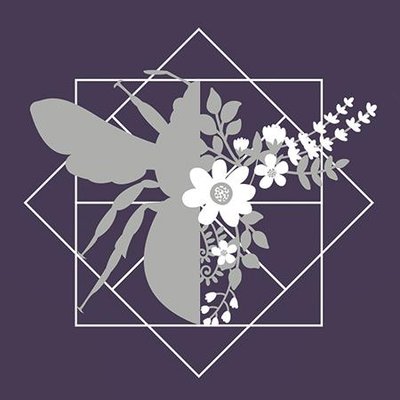
An exciting new research project launches in the first week of April, which aims to gather more information about our bumblebees by inviting volunteers to conduct short 5 minute surveys in their gardens, much as the RSPB do with their annual Big Garden Birdwatch. We were delighted to have a chat with Judith Conroy, one of the researchers for Blooms for Bees, to find out a little more…
We’re fascinated by this project. Tell us more!
Blooms for Bees is a citizen science project to promote and improve gardening for bumblebees. The idea for the project came about because we (myself and project lead Gemma Foster) saw that whilst there are lots of recommendations of plants which are good for bees – and they’re good recommendations – there’s not a great deal of actual research behind them. We’re hoping to get some firm data on the foraging preferences of bumblebees.
We wanted to enthuse people about the diversity of bees in this country, and decided to focus on bumblebees because we feel that it’s a manageable group of insects for most people to be able to recognise and identify. In the UK there are 25 species of bumblebee (out of a total of 270 bee species) and about 7 or 8 of them are common or widespread and likely to be seen in gardens.
Did we hear you right there, Judith? There are how many species of bees in the UK?
Yes, over 270 species are recorded in the UK. There’s a new book coming out in the next couple of months called ‘The Bees of Norfolk’ by Nick Owens which lists 197 bee species in that county alone! I would also recommend Steven Falk’s ‘Field Guide to the Bees of Great Britain and Ireland’ that came out in 2015 – it’s the first book to include all UK bee species for over 100 years.
Wow. But most of us are able to recognise bumblebees, I suppose…
Yes, they’re the round fluffy bees that are normally quite easy to spot and identify with a little practise. Perceptions of bees is a funny thing though; if asked to draw a bee, most people draw a bumblebee-like bee, but if you ask them what they associate with bees, the first thing most people say is honey…
And that doesn’t even start to take into consideration the solitary bee, which obviously we’re very fond of here at beepalace…
Exactly!
So the project is about mapping the kinds of bumblebees we’re seeing? Or is it looking at which plants are the most attractive to bumblebees?
Well, it’s both of those things. Very little is known about which bumblebee species visit gardens and allotments, so our citizen scientists will be generating quite novel data, which we will also be feeding into the National Biodiversity Network. But the focus of the project is really on the flowers that the bumblebees are seen visiting, so that we can work out which plants are most popular and make recommendations to gardeners keen to support bumblebees.
So, when does the project launch?
The App and the project website are both being launched in the first week of April.
How can people get involved with the project?
The app is free to download on iOS and Google Play. We’re asking people to do timed 5 minute surveys of any flowering plants in their gardens or allotments, to see which bumblebee species visit and how many bumblebees are sighted in that period.
The first time you use the app you’ll be asked about your garden or allotment: where it is, how big it is, and what features it includes, then you’ll be able to conduct surveys of any flowering plants growing there. Each time you conduct a survey you’ll name and take a picture of the selected plant, then take a picture of and try to identify any bumblebees that land on the plant in a five minute period.
There’s a bumblebee ID guide included in the app, which is really helpful, but we’ll also verify what you’ve seen. This verification will be a lot of work for us, but will mean that our data can be entered into the National Biodiversity Network and contribute to a national picture of bumblebee distribution.
We have made a video explaining how to use the app, which you can find here.
Are you working with any particular gardening groups or associations?
Yes, we have several partners on the project. We’re funded by the Heritage Lottery Fund, and also Coventry University where we work within the Centre for Agroecology, Water and Resilience. Our fantastic project partners are the Royal Horticultural Society (RHS), the Bumblebee Conservation Trust and Garden Organic, so we’ve got some great support.
What kind of data do you have at the moment?
As we’re speaking the app hasn’t launched, so we haven’t collected any data from our citizen scientists yet, but we did conduct some field trials last year which we are currently analysing. We grew several varieties of nasturtium and recorded nectar and pollen production, and how long and how often bumblebees visited the flowers. The next step will be to see if there is any correlation between the amount of pollen and nectar, and which nasturtium varieties the bumblebees visited.
Is the sugar content of plants particularly important as to how effective those pollinating flowers are? Is that what bumblebees are after?
It’s certainly a factor. Bee larvae tend to be fed mostly pollen which is high in protein, as well as some nectar, whereas adult bees rely more on the sugary carbohydrates found in nectar because they’re burning lots of energy. I’ve heard estimates that say a bumblebee is only ever 40 minutes from death, from starvation because they’re constantly on the go!

Oh, wow…. So what can we do to help our bumblebees? I mean, obviously the research that you’re doing is going illustrate that more holistically, but is there anything you know is a sure-fire way to help right now?
We lost around 98% of our wildflower meadows during the course of the 20th century, so there are far fewer flowers than there used to be. Although there are significant gaps in our knowledge of which flowers are best, it really comes down to the fact that we need to grow more flowers. The other result of that reduction in habitat is the loss of sites which are good for nesting and hibernation.
Are bees starting to look for those kind of sites now?
Yes, very much so. At this time of year you often see queen bumblebees looking for nest sites. They’re quite distinctive, large bees, and can be seen flying close to the ground, side to side, backwards and forwards trying to find somewhere suitable. Once you start seeing that in your garden it’s probably a good idea not to use a strimmer because you’re likely to destroy the kind of areas bumblebees will want to nest in.
It’s really helpful if you’re able to leave an area of your garden a little wild, for example along a lesser-used boundary; longer grass is the perfect habitat for bumblebees. I like to leave a strip of grass along my fence line as some species will nest in the tufty grass, while others will reuse holes made there by mice or voles. By keeping an area less cultivated – for example in an unseen corner of the garden – you can make a huge difference. It doesn’t have to mean a garden that looks unkempt, as mown grass adjoining long grass can still look cared for.
Obviously the data’s not in yet, but which plants do you know are good sources of food for bees and which you’d recommend we grow more of?

You can’t go wrong with some kind of fruit tree – perhaps an apple or a plum. They come at a very important time of year because in the late spring or early summer there can be a little dip in the availability of food for bees – the summer plants haven’t yet got going and the spring plants have started to fade, so this fills a much-needed gap, plus it’s productive too!
Dandelions are amazing and if you don’t want them to self-seed, you can chop them down before the seeds develop. They’re a really, really good early source of both pollen and nectar.
Bumblebee species have varying tongue lengths as well, so I’d recommend a couple of things for the long-tongued bees because it’s the long tongued bee species which have declined the most. Foxgloves and Nepeta are both wonderful for these bumblebees.
And, of course, Lavender, which I think most people understand is great for bees. This is a super choice for most gardens, because it’s easily grown in a pot or container as well, so perfect if you don’t have much room.
Best of luck with the project, Judith – we’re excited to sign up and participate!
You can keep up to date with the project via their website (coming soon – we promise to update the links the moment it goes live), Facebook & Twitter





